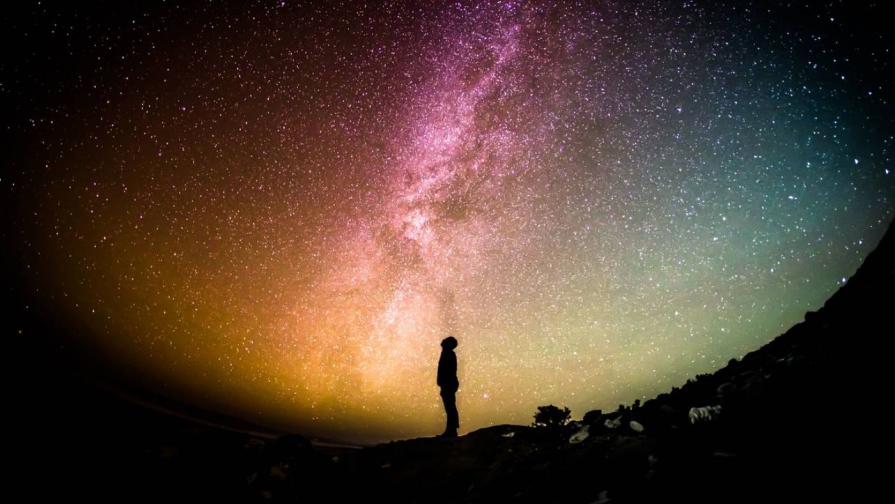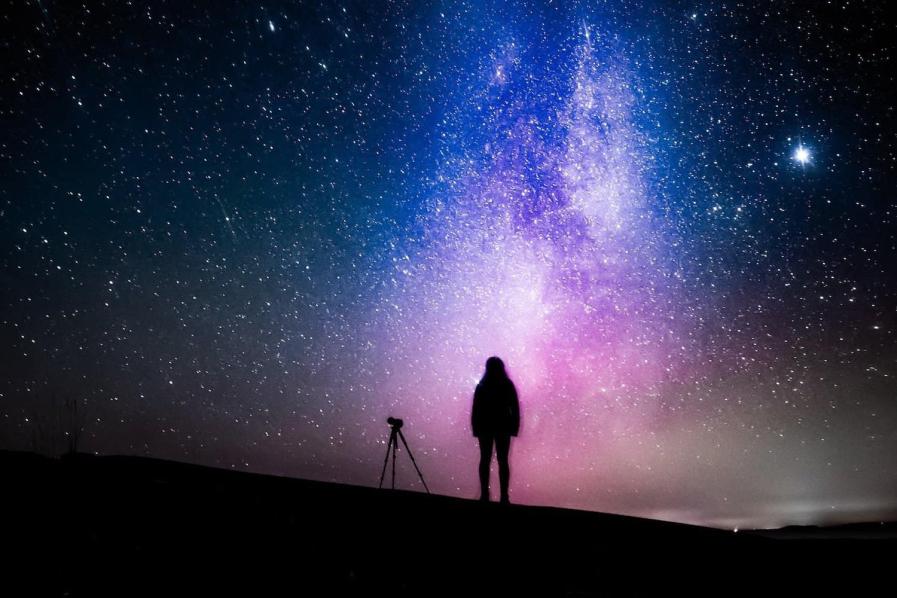Capturing the Elusive Northern Lights: Tips and Tricks for Astrophotographers
Astrophotography, the art of capturing celestial events, presents a unique challenge and an opportunity to witness the wonders of the universe. Among these celestial phenomena, the Northern Lights, also known as Aurora Borealis, stand as a captivating natural spectacle that has captivated imaginations for centuries.

Photographing the Northern Lights, however, is not without its challenges. Their unpredictable nature and the harsh conditions in which they often occur demand careful planning, specialized equipment, and a keen understanding of the science behind this natural phenomenon.
Understanding The Northern Lights
Scientific Principles
The Northern Lights are a result of the interaction between charged particles from the sun and the Earth's magnetic field. As these particles enter the Earth's atmosphere, they collide with atoms and molecules, causing them to emit light. The colors of the Aurora Borealis depend on the type of atoms and molecules involved in the collision.
Factors Influencing Visibility And Intensity
- Solar Activity: The intensity of the Northern Lights is directly related to solar activity. During periods of high solar activity, the Aurora Borealis is more likely to be visible and more intense.
- Geomagnetic Storms: Geomagnetic storms, caused by disturbances in the Earth's magnetic field, can enhance the visibility and intensity of the Northern Lights.
- Weather Conditions: Clear skies and dark nights provide the best conditions for observing and photographing the Northern Lights.
- Location: The Northern Lights are primarily visible in high-latitude regions, such as Alaska, Canada, Scandinavia, and Iceland.
Best Time Of Year And Locations
The best time to witness and photograph the Northern Lights is during the winter months, typically from September to April. The long nights and clear skies during this period offer the best opportunities for capturing stunning images of the Aurora Borealis.
Essential Equipment For Astrophotography
Camera

Choose a camera with low-light capabilities and a wide dynamic range. Full-frame cameras with large sensors are ideal for astrophotography, as they can capture more light and produce images with less noise.
Lens
A wide-angle lens is essential for capturing the vastness of the Northern Lights. Lenses with a focal length of 10-24mm are commonly used for astrophotography.
Tripod
A sturdy tripod is crucial for stabilizing the camera and preventing blurry images. Look for a tripod that is lightweight yet sturdy enough to withstand the weight of your camera and lens.
Remote Shutter Release
A remote shutter release allows you to trigger the camera without touching it, minimizing camera shake. This is especially important for long exposure photography.
Camera Settings For Northern Lights Photography
Aperture
Set a wide aperture (e.g., f/8) to let in more light. This will help to reduce the exposure time and minimize noise.
Shutter Speed
Experiment with long exposure times (e.g., 10-30 seconds) to capture the movement of the Northern Lights. Longer exposure times will result in more vibrant and detailed images.
ISO
Adjust the ISO to balance noise levels and image brightness. Higher ISO settings will increase the sensitivity of the camera to light, but can also introduce noise. Start with a low ISO (e.g., ISO 100) and adjust as needed.
White Balance
Set the white balance to a neutral setting to accurately capture the colors of the Aurora Borealis. This can be done manually or by using the camera's automatic white balance setting.
Composition And Technique
Foreground Elements
Choose a composition that includes foreground elements to add depth and interest to the image. This could be a tree, a mountain, or a body of water.
Angles And Perspectives
Experiment with different angles and perspectives to create unique and captivating shots. Try shooting from a low angle to emphasize the height of the Aurora Borealis, or from a high vantage point to capture a panoramic view.
Manual Focus
Use manual focus to ensure sharp images, especially when shooting in low-light conditions. Autofocus may struggle to focus accurately in the dark.
Post-Processing Techniques
Image Editing Software
Use image editing software to enhance the colors and contrast of the Northern Lights. Adjust the exposure and white balance to optimize the overall appearance of the image.
Noise Reduction
Apply noise reduction techniques to minimize image noise. This can be done using software or by using the camera's built-in noise reduction features.
Safety And Precautions
Trip Planning
Plan your trip carefully and be aware of weather conditions and potential hazards. Check the local forecast and be prepared for cold weather and changing conditions.
Appropriate Clothing
Dress appropriately for cold weather and bring necessary safety gear, such as warm clothing, a hat, gloves, and boots.
Environmental Respect
Respect the local environment and minimize your impact on the natural surroundings. Leave no trace and follow local regulations and guidelines.
Capturing the Northern Lights is a rewarding experience that requires careful planning, specialized equipment, and a keen understanding of the science behind this natural phenomenon. By following these tips and tricks, you can increase your chances of capturing stunning images of the Aurora Borealis and creating lasting memories of this celestial spectacle.
To further explore astrophotography and learn more about capturing the Northern Lights, consider joining local astronomy clubs, attending workshops, and exploring online resources dedicated to astrophotography.
YesNo

Leave a Reply